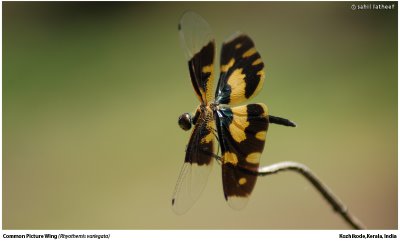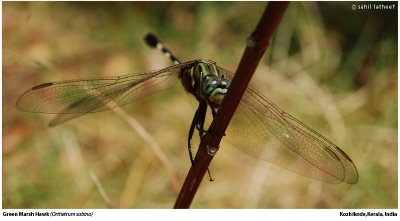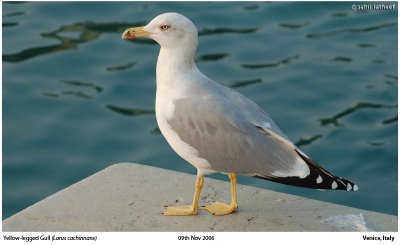 Besides the splendid beaches and beautiful landscape and people Rio also has a bird life to equal.
Besides the splendid beaches and beautiful landscape and people Rio also has a bird life to equal.In Rio however I saw many more 'Urban birds' - thats if I could call them that. The birds inhabitating this megapolis.

Because the dominating presence of the beach and water fronts I saw quiet a few birds adapted for this habitat, for instance the Great Egret (Casmerodius albus)
 Saw a lot of Monk Parakeets (Myiopsitta monachus) flying across the big parks along the waterfronts.
Saw a lot of Monk Parakeets (Myiopsitta monachus) flying across the big parks along the waterfronts.
 Another Egret - the Snowy Egret (Egretta thula)
Another Egret - the Snowy Egret (Egretta thula)  And another dove - Ruddy Ground Dove (Columbina talpacoti)
And another dove - Ruddy Ground Dove (Columbina talpacoti) Identified as Palm Tanager (Thraupis palmarum) (with the help of Mr.Joseph Morlan of Bird-pix yahoo gourp - Thanks!!)
Identified as Palm Tanager (Thraupis palmarum) (with the help of Mr.Joseph Morlan of Bird-pix yahoo gourp - Thanks!!) However the most fascinating bird sights in the city can been seen soaring up in the blue skies. I saw scores of Vultures, Frigates, Cormorants and other birds flying around in huge nos. and sometimes in beautiful formations.
However the most fascinating bird sights in the city can been seen soaring up in the blue skies. I saw scores of Vultures, Frigates, Cormorants and other birds flying around in huge nos. and sometimes in beautiful formations. Here's a close up of some Black Vultures (Coragyps atratus)
Here's a close up of some Black Vultures (Coragyps atratus) The Neotropic Cormorant (Phalacrocorax brasilianus) giving brilliant formation flights.
And last but not the least the Magestic Magnificent Frigatebird (Fregata magnificens)









































